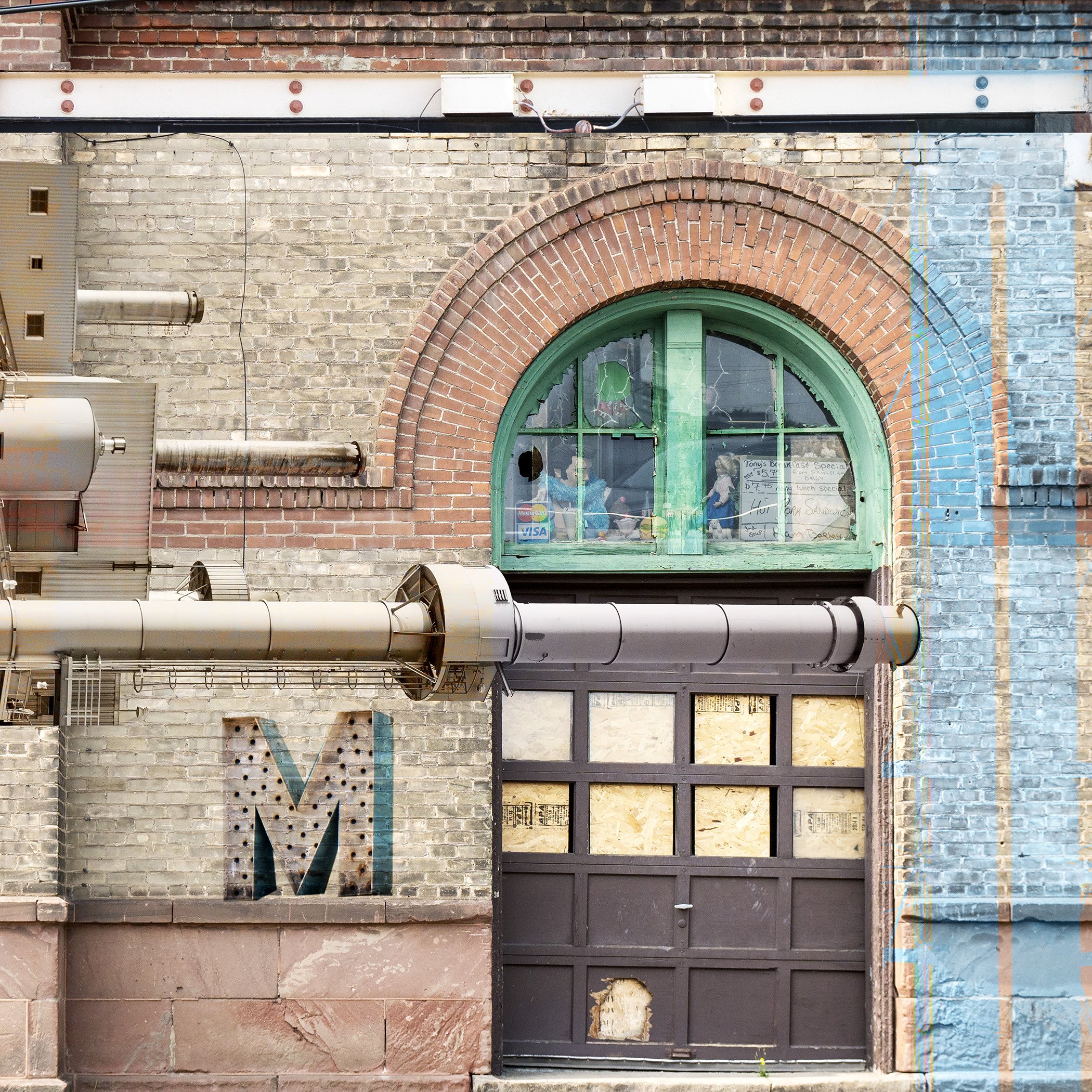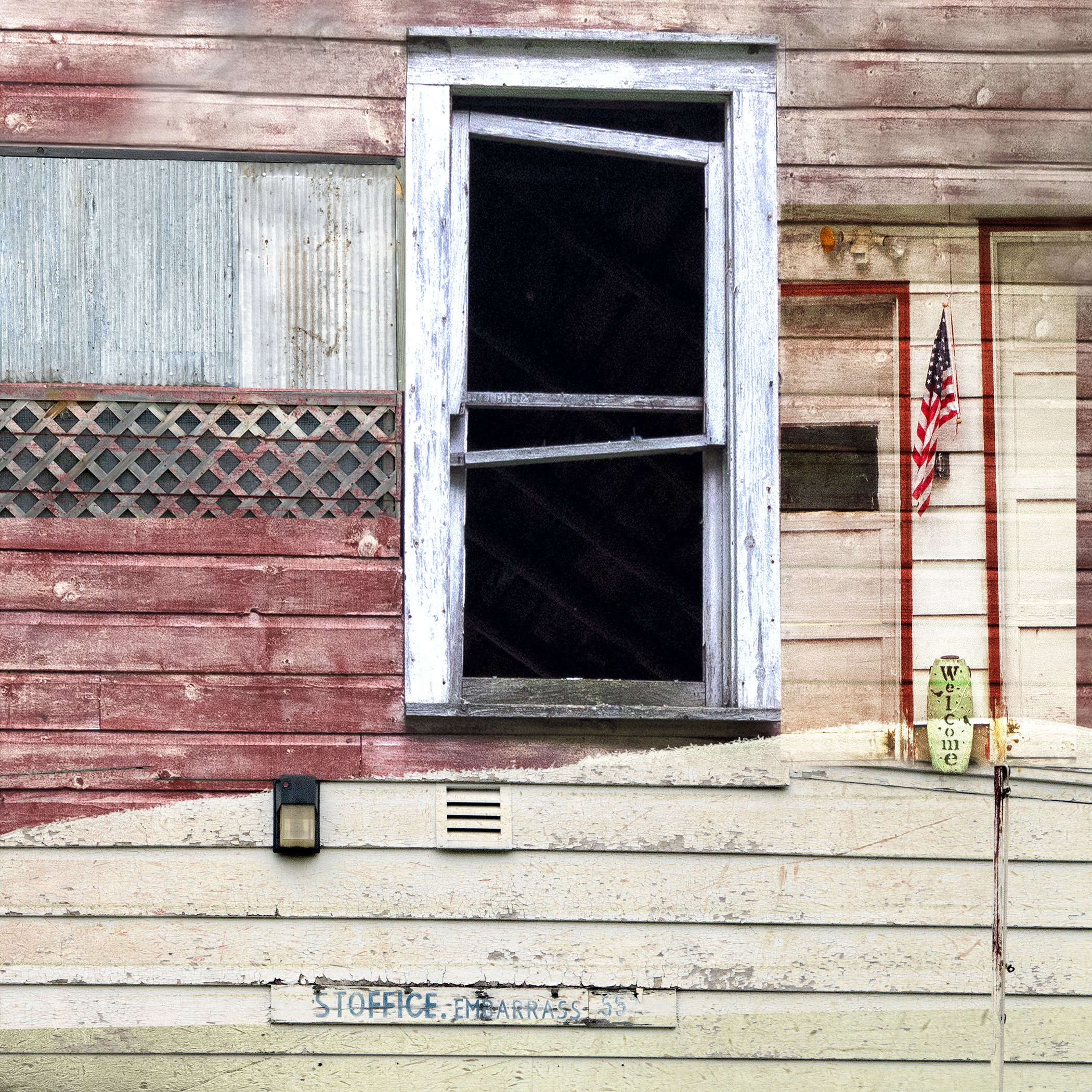“I’ve been around iron all of my life ever since I was a kid. I was born and raised in iron ore country - where you could breathe it and smell it every day. And I’ve always worked with it in one form or another.”
- Bob Dylan
MINING TOWNS
HIBBING
Hibbing, the largest community on Minnesota’s Iron Range, is known as the Iron Ore Capital of the World. Home to the world's largest iron ore mine, Hibbing grew rapidly in its early years as the huge iron ore mines provided the raw material for America's industrial revolution.
Hibbing was founded in 1893 by German immigrant Frank Hibbing who was an expert iron ore prospector. He used his personal means to provide a water plant, an electric light plant, the first roads, a hotel, a sawmill, and a bank building. By 1915, it was determined that iron ore was under the town and that the entire town would be moved to expand the Hull-Rust-Mahoning open pit mine. The process was completed in 1921. New civic structures such as Hibbing High School, the Androy Hotel, the Village Hall, and the Rood Hospital were soon constructed in the new location with mining company money. The United States’ ability to win World War I and II was due in part to Minnesota's vast ore reserves. In the 1940s it’s said that one-fourth of the ore mined in the United States came from the Hull Rust pit mine. - - Hibbing Area Chamber of Commerce
Listen to the podcast recorded by the Minnesota Historical Society. Select PLAY above the image.

ELY
Ely lies on Shagawa Lake at the east end of the Vermilion Iron Range in northeastern Minnesota in the heart of the Superior National Forest. Ojibwa Indians were living in the area when fur trappers arrived in the 18th century. Settled in the 1880s as Florence, it was renamed for Samuel Ely, a Michigan miner. Iron ore was discovered there in 1883, but, because of the high cost of underground mining, the last underground mine closed in 1967. Thousands of new immigrants were arriving in America at that time, and many of them came to the area later known as the Minnesota Iron Range looking for work. The logging industry has also declined, and Ely’s economy now depends chiefly on tourism. Soudan Underground Mine State Park, about 20 miles southwest of the city, offers tours of a former iron mine 2,400 feet below the surface. - From Britannica
Ely is known as the gateway to the vast Boundary Waters Canoe Area Wilderness that contains more than 1,500 miles of water trails. Recently, there are environmental concerns for the area after Twin Metals Minnesota proposed to mine copper near the BWCAW.

VIRGINIA
Virginia, located on the Mesabi Iron Range, has an economy heavily reliant on large-scale iron ore mining. It is considered the Mesabi Range’s commerce center and labeled the “Queen City of the Iron Range.” Virginia was laid out in 1892 and named after an area lumberman’s home state. Although it began as a logging community, it quickly became an iron mining community and was incorporated in 1895. The population grew after mining camps were built for entrepreneurs and financiers such as James J Hill and Andrew Carnegie. The mines moved millions of tons of iron ore per year and shipped them out of the ports of Duluth, Superior, and Two Harbors. The mining industry suffered economic setbacks in the early 80s but it still remains the basis of the city’s economy. Although hematite iron-ore reserves diminished, the taconite is now mined.

EMBARRASS
The Town of Embarrass, founded in 1905, lies in the Embarrass River Valley near the Laurentian Divide on the Iron Range. The Embarrass River was named by French explorers because the French word means "To hinder, confuse or to be complicated." Early records show that the Dakota Indians were the earliest inhabitants of the area. As the Dakota moved westerly, the Anishinaabe moved into the area. Later various woodsmen and Finnish inhabitants dominated the area. The Finns, known for their determination or "sisu" carved their homesteads and fields in the area’s forests and began farming. Similar topography and climate in their native Finland probably attracted many to this area. Later churches, schools, roads, and businesses became established. It wasn't until the boom of the taconite mining industry in the mid-1900s that other people with different nationalities moved into the area. Mining is still a prevalent industry in the area, however, residents commute to neighboring towns for k-12 education and other employment opportunities. - - Taken from Embarrass Township

SILVER BAY
Silver Bay, originally known as the Beaver Bay Housing Project, was founded in 1954. The town was built by the Reserve Mining Company for the employees of its taconite processing plant. The city was officially incorporated in 1956 as the town grew. At that time, the elementary school was added and in 1958 the high school was built. The William Kelley High School was named for the Reserve’s first president and eliminated the long 28-mile bus ride to Two Harbors. In the 1960s it was discovered that the Reserve Corporation was dumping taconite tailings into Lake Superior. They were forced to stop in 1972 and were charged with violating the Rivers and Harbors Act of 1899. This act prohibited the dumping of harmful materials into interstate waters. In 1977, after a long trial, Reserve agreed to build a new waste-storage facility 7 miles inland.
